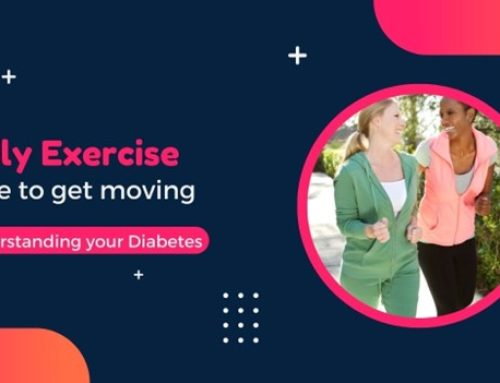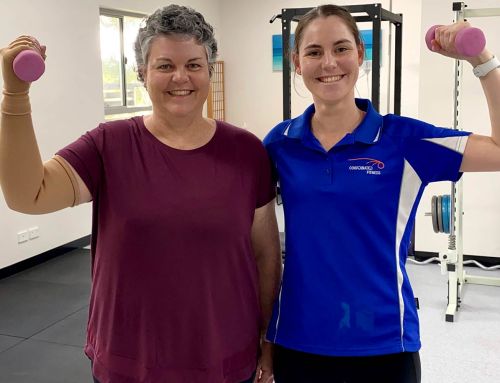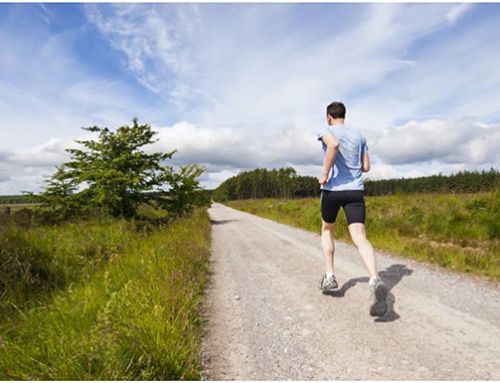
Have you ever felt people don’t understand how hard exercise can be when you are dealing with the challenges of your everyday life?
You have tried to exercise before, but the trainer started you at too high a level and didn’t listen to your needs?
You want to exercise but don’t know where to start?
Well you are not alone!
As Exercise Physiologists we hear this daily, which is upsetting…
We know that you are an individual and need to be heard before a program is created for you.
So, let’s look at some of those challenges and how you can overcome them.
Fatigue can be a massive issue when you are living with a disability and the impact is often underestimated. Throughout the day fatigue can set in and exercising at these times can become overwhelming. The best strategy is to look at your schedule and determine the time when you are not as tired. Set a time then to start a small amount of exercise and take note of how you feel before, during, after and the next day.
Walking is something often recommended for people for aerobic exercise. This can be hard to complete if you have leg, lower back, or foot pain. Another option for you is to complete your walking in the pool or use a recumbent bike.
We often see people wanting to exercise though they are concerned they are in a wheelchair. Well, there are so many exercises people in a wheelchair can complete. If you have an exercise buddy you can complete boxing or if you don’t, air boxing is a great way to get your heart rate up. There are several exercises that can be completed in the wheelchair.
Temperature regulation for people living with disabilities can be a challenge. When you are sensitive to the heat it is important to ensure exercise is completed in a cooler environment. Also ensure you are hydrated before and after the session. Look at the temperature of the days you have planned to exercise. If it is a very hot day, exercise early in the morning.
If you have a residual limbit is important to ensure you care for your limb especially after exercise. If you complete exercise with load ensure the residual limb doesn’t have pressure sores. Ensure you clean your residual limb after your exercise as this will help reduce the chance of developing an infection.
Balance can be an area throughout exercise which needs to be considered. A well-rounded program will have balance and flexibility exercises within it. Balance needs to be trained and it can improve. The funny thing about balance training is you need to feel a little out of balance to gain improvements. There is a fine line, and it is best to complete balance exercises with an Accredited Exercise Physiologist to support.
There are so many benefits to exercise!
We need to exercise to assist with mental wellbeing, mood and reducing health risks. Exercise reduces the risk of developing Type 2 Diabetes, heart disease and some cancers. It is recommended everyone complete 30 to 60 minutes of aerobic exercise per day (such as walking, boxing, swimming) and 2 strength and balance sessions per week.
A little food for thought if completing a full 30min block of exercise is just too much for you, then you can break your exercise into 5 or 10-minute blocks. It is important to remember some exercise is better than no exercise at all.
If you are looking to get into exercise or have your program reviewed, please reach out and we can have a 15min free consultation on what you are currently doing. Please feel free to give us a call on 1300 25 17 44 and we can set a time to talk.




